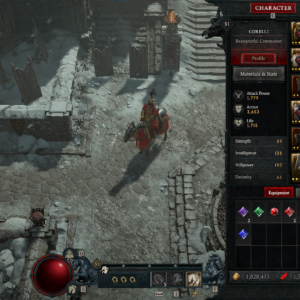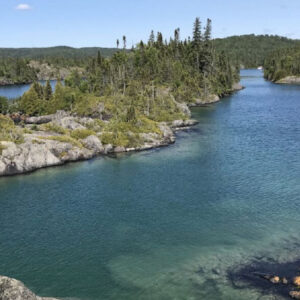BRANTFORD – EAGLES NEST There was lots of snow this year for the annual Snowsnake competitions hosted by the Woodland Cultural Museum in Brantford this past weekend. The event has had to be cancelled the past two years as warm weather and lack of snow made it impossible to run.
This year there was no such problem as teams participated in the two-day cultural event.
Snow snaking is a family affair with the younger throwers usually using the “Muscat” which is a smaller version of the 7-foot long-snake. Adults also throw the Mudcats.
Brodee Henry won in the Grade 2-3 division as Teegan Henry took it for Grades 4-6. For Grade 7-8’s it was Tate Curry from Cattaraugus and Shane Henry of Six Nations won in the Grades 9-10 division.
Team Onondaga from Syracuse New York won the Mudcat Team event. Team members were Kevin Powless, Shannon Booth, Roger Cook, Jerrad John, Lloyd Elm, Jeff Powless and Ed Shenadoah.
Taking first place honours the Longsnake, 1st Class was Team Powless from Six Nations, consisting of team members Oliver Powless, Haye Powless and Jum Powess.
Second Class Longsnake went to the Hill Team, from Six Nations, with throwers, Obes Hill, Howard Hill, Cam Hill, and Danny Vyse.
Longsnake 3rd Class was won by Team Onondaga from Syracuse, with members Kevin Powless, Shannon Booth, Roger Cook, Jerrad John, Lloyd Elm, Jeff Powless and Ed Shenandoah.



The ancient game of snowsnake
Last weekend, the Woodland Cultural Center hosted the annual Snowsnake Tournament, which originates among the Haudenosaunee people. According to a pamphlet released by the Woodland Cultural Center, if conditions are right, the Snowsnake may travel up to a mile. Before modern tracks were made, snakes were thrown along roadsides or frozen rivers or wherever there was an accumulation of snow. According to the Woodland Cultural Center, the modern day track was introduced around the 1900’s.
There are two types of snowsnakes: the Mudcat, which is a shorter snake and the Long Snake which is around 7 feet long.
People who make snowsnakes are called ‘Shiners’, and are extremely influential in producing a winning snowsnake. The Shiner selects a young hickory tree, ironwood, hard maple or juneberry. These types of hardwood are the most adaptable to the manufacturing of a snowsnake. The diameter of the tree may be from 8 to 10 inches and depending on each maker’s personal technique, the wood may be left to sit for one year with the ends greased. It may also be split into sections to dry or it may be soaked in linseed oil for up to six months to a year. Not all snakes are soaked in oil. The oiled snake is water repellant and heavier than usual and is best used for wet snow.
When making a snowsnake, the wood is always worked along the grain and must be dry when shaping. The most important aspect in making a snowsnake is balance. The weight or balance at either tip or end is a major factor when choosing a snake for varying weather conditions.
Once the snowsnake is ready, it is used repeatedly for small, local games. But when an important game or tournament comes up, shellac and wax will be scraped off and prepared over again.
Twenty to thirty snowsnakes may be taken to a competition by a Shiner, as the track conditions can change within minutes, requiring a wide variation of prepared snowsnakes.
(Information courtesy of Woodland Cultural Centre)







Comments are closed.